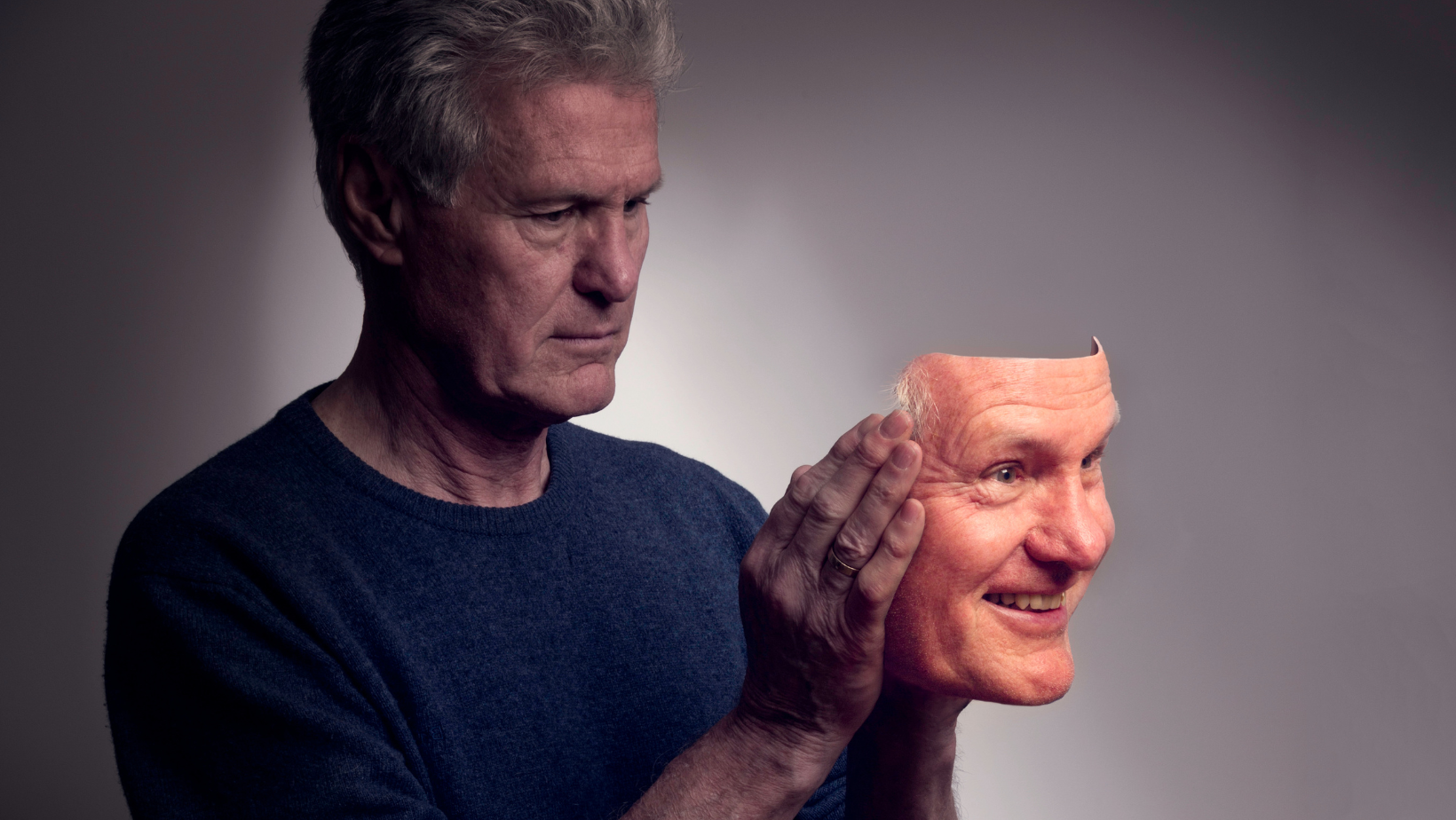
For today’s topic I want to discuss the inner vs outer world.
The tension between the inner self and outer self is common in today’s society with the likes of social media etc.
Each of us is tugged in multiple directions every day and our actions and behaviors do not always align with our core values as a result.
However, becoming aware of your inner self and how it balances with your outer self is the foundation for good mental, physical, and spiritual health.
This is why it is an important aspect to consider when working on a good balance in your life.
The Outer Self
Occasionally, it proves beneficial to present a different outer self to the world than what we experience on the inside. Most of us evaluate the pros and cons of revealing our true emotions depending on each situation.
Our outer self is the image we present to the world, and we usually strive to shape it positively. However, issues arise when this becomes habitual, overshadowing our genuine feelings.
The outer self is primarily concerned with the material things, like appearance (e.g., hair, clothes, accessories) as well as the groups we belong to, the partner we have or the personas we portray on social media etc. Or maybe we shy away completely, without the necessary social interactions.
This external world can be demanding, often leaving little time for you to consider whether what is taking place on the outside of your life matches what you ultimately desire on the inside.
The Inner Self
The inner self is what can't be seen: our feelings, values, beliefs, personality, thoughts, emotions, intuition, fantasies, spirituality, desires, and purpose.
A strong inner self means that you cope well with your emotions, are self-aware, have clarity and a good sense of your values, and feel you have a purpose in life. It also means that you are able to remain calm and resilient in the face of adversity from the outer world.
Conflict Between The Inner and Outer Self
Problems begin when the inner self and outer self are out of balance.
In its simplest terms: you think one thing but do anotherOften, this conflict arises due to spending too little time considering your inner self.
How much of the time are you "running on empty," just struggling to get through the demands of the day, without considering whether your actions and behaviors are in line with your inner self?
The conflict between the two selves can result in stress, which makes you more vulnerable to illness. Your daily functioning may also be affected. You may feel successful on the outside but empty on the inside.
A classic example of conflict between the inner and outer self can be seen in a person who works in a high-stress corporate job, wearing a facade of confidence and ambition in the workplace (outer self) while secretly harboring a desire to pursue a more creative and fulfilling career in the arts (inner self).
This individual may struggle with the tension between societal expectations and their own authentic aspirations, leading to inner turmoil and a constant battle between what they present to the world and what they truly yearn for on the inside.
Another example of conflict between the inner and outer self is a person who outwardly maintains a happy and confident persona in their social life, often seen as the life of the party, but internally battles with depression and loneliness.
This individual may feel pressured to keep up the appearance of cheerfulness, concealing their true emotions and vulnerabilities from friends and family due to fear of stigma or rejection. This conflict between the outer persona of happiness and the inner struggles with mental health can lead to a profound sense of isolation and inner turmoil.
2 STEPS TO FIND BALANCE BETWEEN THE INNER VS OUTER SELF
STEP 1. Take a moment and list your core values. These might be things like believing in the value of honesty, connection, respect, integrity, friendship, kindness, etc.
STEP 2. Make a list of activities that you do each day or would like to do that is in alignment with each value.
Example
Core Value: Connection
Action: Active Engagement in Conversations
When you participate in meaningful conversations with others, listen attentively, and share your thoughts and experiences openly, you prioritise building genuine, meaningful connections. This action fosters a sense of belonging, understanding, and shared experiences, which is in harmony with the core value of connection. It reinforces your commitment to building and nurturing relationships with those around you.
Example
Core Value: Kindness
Action: Acts of Kindness
Engaging in small, unexpected acts of generosity and compassion towards others, such as helping a stranger lift their groceries, complimenting someone, or paying for someone's coffee, demonstrates your commitment to spreading positivity and goodwill. These acts reflect the core value of kindness by making the world a better and more compassionate place, one small gesture at a time.
Look for values that have little actions each day to support them.
This is where you will find your conflict.
If you value friendship but spend each day alone, that reflects a conflict between your values (inner self) and actions (outer self).
Once you've identified the problematic areas in your life, it is time to begin quieting your outer self with a goal of connecting with your inner self.
Slow down, focus on the moment, and listen to your thoughts as you go about your day.
If you still feel in conflict, consider whether you might need to make some bigger life changes to address these issues. Perhaps a new job, change of relationship, or ending of certain friendships.
Only you will know what specific changes might help to align you with your true inner self.
“When values, thoughts, feelings and ACTIONS are in alignment, a person becomes focused, and character is strengthened.”
